Home>Furniture & Design>Bedroom Furniture>What Is Gel Memory Foam
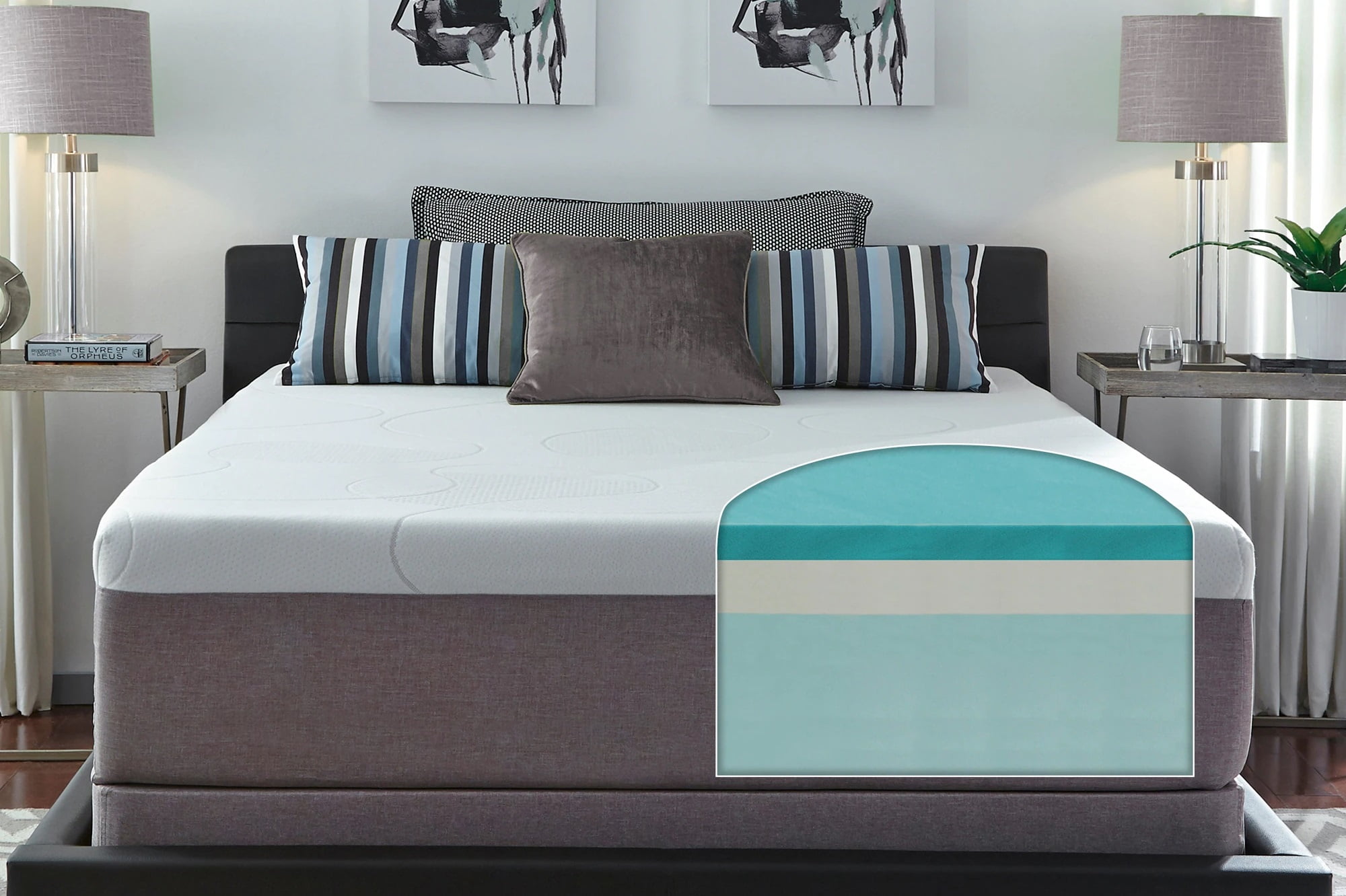

Bedroom Furniture
What Is Gel Memory Foam
Modified: February 18, 2024
Discover the benefits of gel memory foam for your bedroom furniture. Find out how it can enhance your furniture and design.
(Many of the links in this article redirect to a specific reviewed product. Your purchase of these products through affiliate links helps to generate commission for Storables.com, at no extra cost. Learn more)
**
Introduction
**
When it comes to achieving a restful night's sleep, the right mattress can make all the difference. In recent years, gel memory foam has emerged as a popular choice for those seeking a comfortable and supportive sleeping surface. This innovative material combines the benefits of traditional memory foam with the cooling properties of gel, offering a unique blend of comfort and temperature regulation.
Gel memory foam mattresses and mattress toppers have gained attention for their ability to contour to the body, providing personalized support and alleviating pressure points. This article will delve into the properties, benefits, drawbacks, and applications of gel memory foam, shedding light on why this material has captured the interest of sleep enthusiasts and furniture aficionados alike. Whether you're considering upgrading your mattress or simply curious about the latest advancements in sleep technology, understanding the ins and outs of gel memory foam is essential. So, let's dive in and explore the fascinating world of gel memory foam!
Key Takeaways:
- Gel memory foam offers personalized support, temperature regulation, and durability, making it a popular choice for comfortable and restful sleep. Its ability to contour to the body and alleviate pressure points enhances the overall sleep experience.
- While gel memory foam provides enhanced comfort and support, consumers should consider potential drawbacks such as initial odors and cost. Understanding the differences from traditional memory foam can help make informed decisions for a better sleep experience.
Read more: Which Is Better Memory Foam Or Gel Foam
Properties of Gel Memory Foam
Gel memory foam is a viscoelastic material infused with gel beads or gel liquid to enhance its properties. This innovative combination results in a unique material that offers several noteworthy properties:
- Pressure Relief: Gel memory foam conforms to the body, distributing weight evenly and reducing pressure on key areas such as the shoulders, hips, and back. This property can alleviate discomfort and promote better spinal alignment, contributing to a more restful sleep experience.
- Temperature Regulation: Unlike traditional memory foam, gel memory foam is designed to dissipate body heat, preventing the buildup of warmth that can lead to discomfort during sleep. The cooling properties of the gel infusion help maintain a comfortable sleeping temperature, making it an ideal choice for individuals who tend to sleep hot.
- Motion Isolation: Gel memory foam excels in isolating motion, meaning that movements on one side of the bed are less likely to disturb a sleeping partner on the other side. This attribute is particularly beneficial for couples, as it promotes uninterrupted sleep by minimizing the transfer of motion across the mattress.
- Durability: High-quality gel memory foam is engineered to maintain its supportive and contouring properties over time, offering long-term comfort and performance. This durability ensures that the mattress or topper retains its shape and support, contributing to its overall value and longevity.
- Allergen Resistance: Many gel memory foam products are hypoallergenic and resistant to common allergens such as dust mites and mold. This feature can be advantageous for individuals with allergies or respiratory sensitivities, providing a cleaner and healthier sleep environment.
These properties collectively contribute to the appeal of gel memory foam as a versatile and supportive material for mattresses, mattress toppers, and pillows. By understanding these characteristics, consumers can make informed decisions when selecting sleep products that align with their specific comfort and support needs.
Benefits of Gel Memory Foam
Gel memory foam offers a multitude of benefits that cater to individuals seeking enhanced comfort, support, and sleep quality. Understanding these advantages can help consumers make informed decisions when considering gel memory foam products. Here are some key benefits:
- Enhanced Comfort: The contouring properties of gel memory foam provide personalized support by molding to the body's unique shape. This can alleviate pressure points and promote a more comfortable and restful sleep experience.
- Temperature Regulation: The cooling properties of gel memory foam help dissipate body heat, preventing overheating during sleep. This feature is particularly beneficial for individuals who are prone to sleeping hot, contributing to a more comfortable and undisturbed rest.
- Support and Alignment: Gel memory foam is designed to support the natural alignment of the spine, which can help alleviate discomfort and reduce the risk of waking up with aches and pains. This supportive quality contributes to overall sleep quality and physical well-being.
- Motion Isolation: Gel memory foam excels in minimizing motion transfer, making it an excellent choice for couples or individuals who share a bed. This feature reduces disturbances caused by movement, promoting uninterrupted sleep for both sleep partners.
- Durability and Longevity: High-quality gel memory foam products are engineered to maintain their supportive properties over time, offering lasting comfort and performance. This durability ensures that the material retains its shape and support, contributing to long-term satisfaction and value.
- Allergen Resistance: Many gel memory foam products are hypoallergenic and resistant to common allergens, providing a cleaner and healthier sleep environment for individuals with allergies or sensitivities.
These benefits make gel memory foam an appealing choice for those seeking a supportive, comfortable, and temperature-regulating sleep surface. Whether incorporated in mattresses, mattress toppers, or pillows, gel memory foam can significantly enhance the sleep experience and contribute to overall well-being.
Drawbacks of Gel Memory Foam
While gel memory foam offers numerous benefits, it is important to consider potential drawbacks associated with this material. Understanding these limitations can help consumers make informed decisions when evaluating gel memory foam products. Here are some noteworthy drawbacks:
- Initial Odor: Some gel memory foam products may emit a noticeable odor upon initial use, commonly referred to as off-gassing. While this odor typically dissipates over time, it can be a temporary inconvenience for individuals sensitive to smells.
- Cost: High-quality gel memory foam products can be more expensive than traditional memory foam or other mattress materials. The enhanced technology and cooling properties of gel memory foam may contribute to a higher price point, requiring consumers to consider their budget when making a purchase.
- Heat Retention in Lower-Quality Products: While gel memory foam is designed to dissipate body heat, lower-quality or poorly engineered products may still retain heat to some extent. This can lead to discomfort for individuals who are particularly sensitive to temperature fluctuations during sleep.
- Weight and Density: Gel memory foam mattresses and toppers can be heavier than traditional mattresses due to the density of the material. This weight may pose challenges during transportation, installation, or when rotating the mattress.
- Break-In Period: Some individuals may find that gel memory foam requires a break-in period to fully adapt to their body shape and sleeping preferences. During this adjustment phase, the mattress or topper may feel firmer than expected, necessitating patience as the material conforms to the body over time.
- Limited Firmness Options: Gel memory foam mattresses may have limited firmness options compared to traditional mattresses, which could potentially limit the suitability for individuals with specific firmness preferences.
By acknowledging these drawbacks, consumers can make informed decisions and weigh the trade-offs associated with gel memory foam. While the benefits often outweigh the drawbacks for many individuals, considering these factors can help ensure that the chosen sleep product aligns with personal comfort, budget, and preferences.
When shopping for gel memory foam, look for a high density and cooling gel infusion for better support and temperature regulation.
How Gel Memory Foam Differs from Traditional Memory Foam
Gel memory foam and traditional memory foam share similarities in their ability to provide contouring support and pressure relief, but they differ in several key aspects, each offering unique advantages. Understanding these distinctions can help consumers determine which type of foam best suits their sleep preferences and needs. Here’s a comparison of gel memory foam and traditional memory foam:
- Cooling Properties: One of the primary distinctions lies in their temperature regulation capabilities. Gel memory foam is infused with gel beads or gel liquid, which helps dissipate body heat and maintain a cooler sleeping surface. In contrast, traditional memory foam tends to retain more body heat, potentially leading to discomfort for individuals who are sensitive to temperature fluctuations during sleep.
- Pressure Relief: Both gel memory foam and traditional memory foam excel in providing pressure relief by contouring to the body’s shape and distributing weight evenly. However, the cooling properties of gel memory foam may offer an additional level of comfort, especially for those prone to overheating during sleep.
- Motion Isolation: Both types of foam are effective at isolating motion, reducing disturbances caused by movement on the mattress. This feature is particularly beneficial for individuals who share a bed, as it minimizes disruptions from a partner’s movements during sleep.
- Firmness and Support: Gel memory foam and traditional memory foam can vary in terms of firmness options and overall support. While traditional memory foam is known for its plush and conforming feel, gel memory foam may offer a balance of support and cooling comfort, catering to a wider range of sleep preferences.
- Odor and Off-Gassing: Some individuals may notice a difference in odor between gel memory foam and traditional memory foam products. Gel memory foam is often praised for emitting fewer off-gassing odors compared to traditional memory foam, contributing to a more pleasant initial experience.
By understanding these differences, consumers can make informed decisions when selecting a mattress or mattress topper. Whether prioritizing temperature regulation, pressure relief, or overall support, the unique properties of gel memory foam and traditional memory foam cater to diverse sleep needs, allowing individuals to choose the material that best aligns with their comfort preferences.
Read more: What Is A Plush Gel Memory Foam Mattress
Uses of Gel Memory Foam
Gel memory foam has found versatile applications in the realm of sleep products and furniture, offering a range of options for individuals seeking enhanced comfort, support, and temperature regulation. Here are the primary uses of gel memory foam:
- Mattresses: Gel memory foam mattresses have gained popularity for their ability to provide personalized support and alleviate pressure points, contributing to a more restful and comfortable sleep experience. The cooling properties of gel memory foam make it an attractive choice for individuals who prioritize temperature regulation during sleep.
- Mattress Toppers: Gel memory foam mattress toppers are designed to enhance the comfort and support of existing mattresses. By adding a layer of gel memory foam, individuals can enjoy the contouring benefits and temperature-regulating properties of this material without the need to invest in a new mattress.
- Pillows: Gel memory foam pillows offer personalized support for the head and neck, promoting proper alignment and reducing discomfort. The cooling properties of gel memory foam contribute to a refreshing and comfortable sleep surface for individuals seeking a cooler pillow option.
- Seat Cushions: Gel memory foam seat cushions are utilized in furniture, car seats, and office chairs to provide supportive and comfortable seating. The contouring properties and temperature regulation of gel memory foam make it a valuable addition to various seating applications, particularly for individuals who spend extended periods sitting.
- Bedding Accessories: Beyond mattresses and pillows, gel memory foam is incorporated into various bedding accessories such as mattress protectors, lumbar supports, and body pillows. These accessories offer targeted support and temperature regulation, catering to specific comfort needs and preferences.
These diverse applications showcase the adaptability and comfort-enhancing properties of gel memory foam, making it a sought-after material for a wide range of sleep and furniture products. Whether seeking a rejuvenating night’s sleep, enhanced seating comfort, or targeted support for specific areas of the body, gel memory foam presents versatile solutions for individuals looking to elevate their comfort and well-being.
Conclusion
Gel memory foam has revolutionized the sleep industry with its innovative blend of comfort, support, and temperature regulation. As consumers seek personalized sleep solutions that cater to their individual needs, gel memory foam has emerged as a versatile and sought-after material for mattresses, mattress toppers, pillows, and various furniture applications.
With its ability to contour to the body, alleviate pressure points, and dissipate body heat, gel memory foam offers a compelling array of benefits that contribute to a more restful and comfortable sleep experience. The material’s motion isolation properties and durability further enhance its appeal, making it an ideal choice for individuals and couples alike.
While gel memory foam presents several advantages, it is important for consumers to weigh the potential drawbacks, such as initial odors and cost, when considering this material for their sleep products. By understanding the differences between gel memory foam and traditional memory foam, individuals can make informed decisions that align with their comfort preferences and budget constraints.
Whether incorporated into mattresses, pillows, seat cushions, or bedding accessories, gel memory foam continues to meet the diverse needs of consumers, offering tailored solutions for enhanced comfort and support. As advancements in sleep technology persist, gel memory foam stands as a testament to the ongoing pursuit of optimizing the sleep experience for individuals seeking a rejuvenating and restorative rest.
In conclusion, the properties, benefits, and applications of gel memory foam underscore its significance in the realm of bedroom furniture, contributing to a more comfortable, supportive, and temperature-regulated sleep environment for those who value quality rest and well-being.
Frequently Asked Questions about What Is Gel Memory Foam
Was this page helpful?
At Storables.com, we guarantee accurate and reliable information. Our content, validated by Expert Board Contributors, is crafted following stringent Editorial Policies. We're committed to providing you with well-researched, expert-backed insights for all your informational needs.
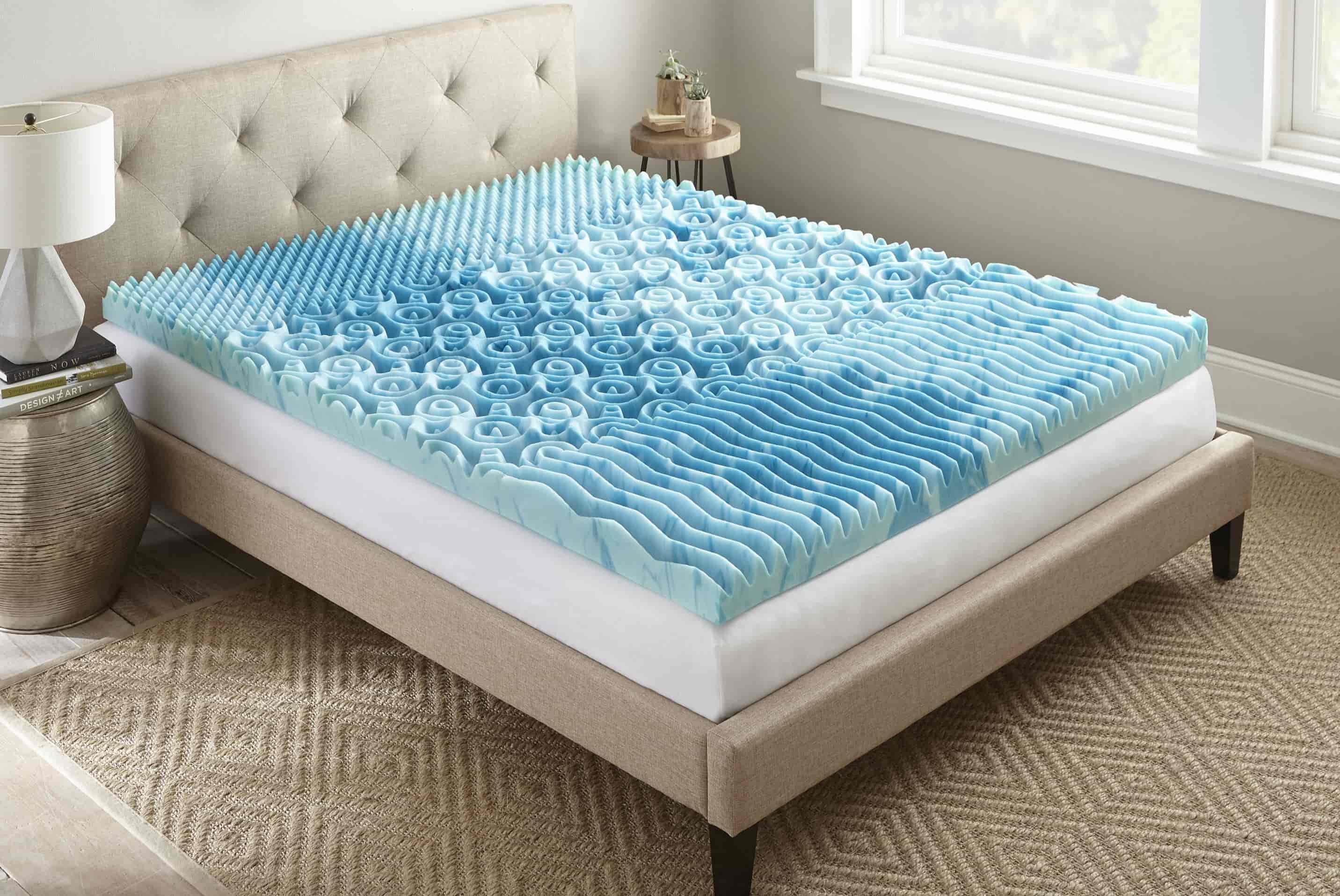
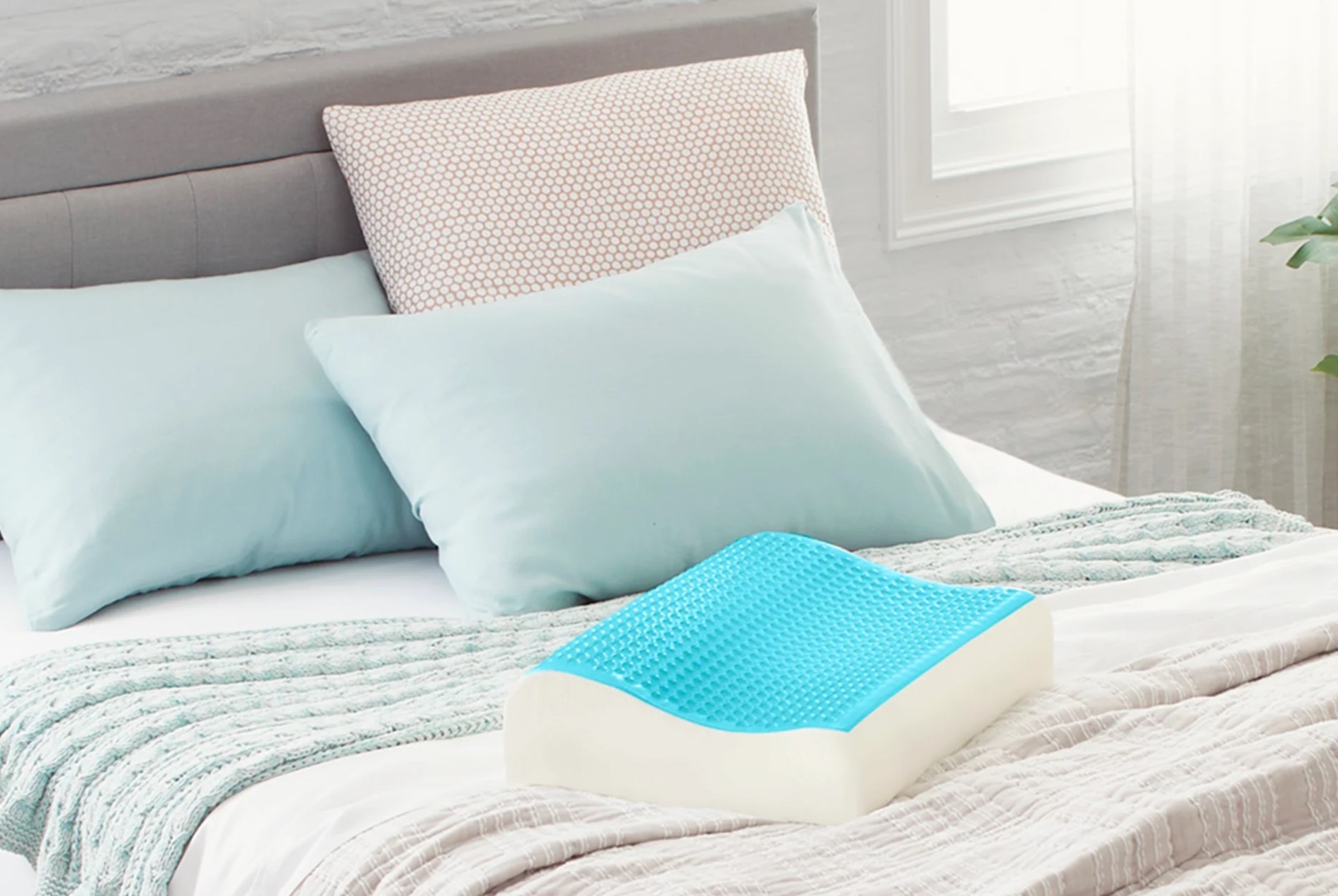
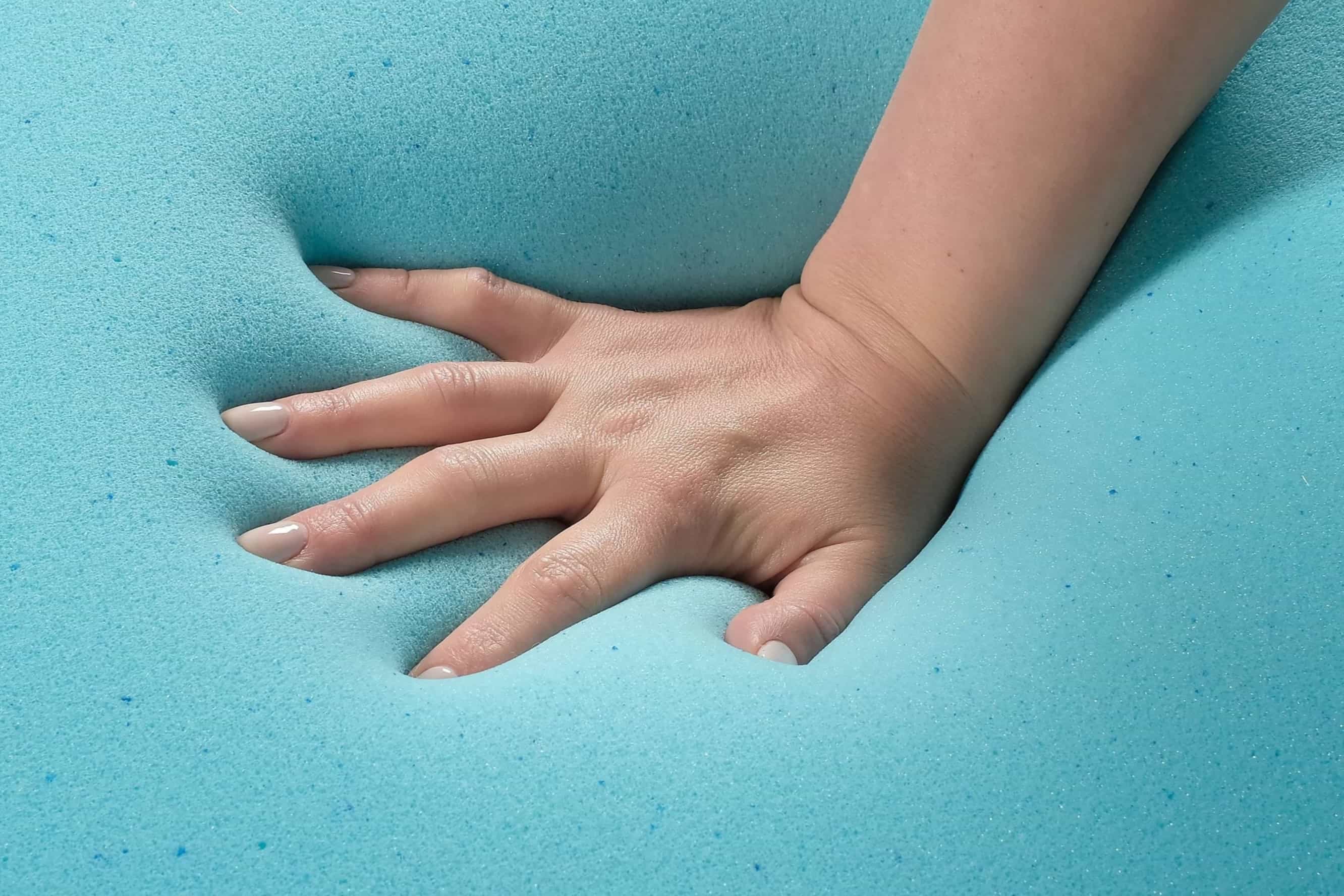
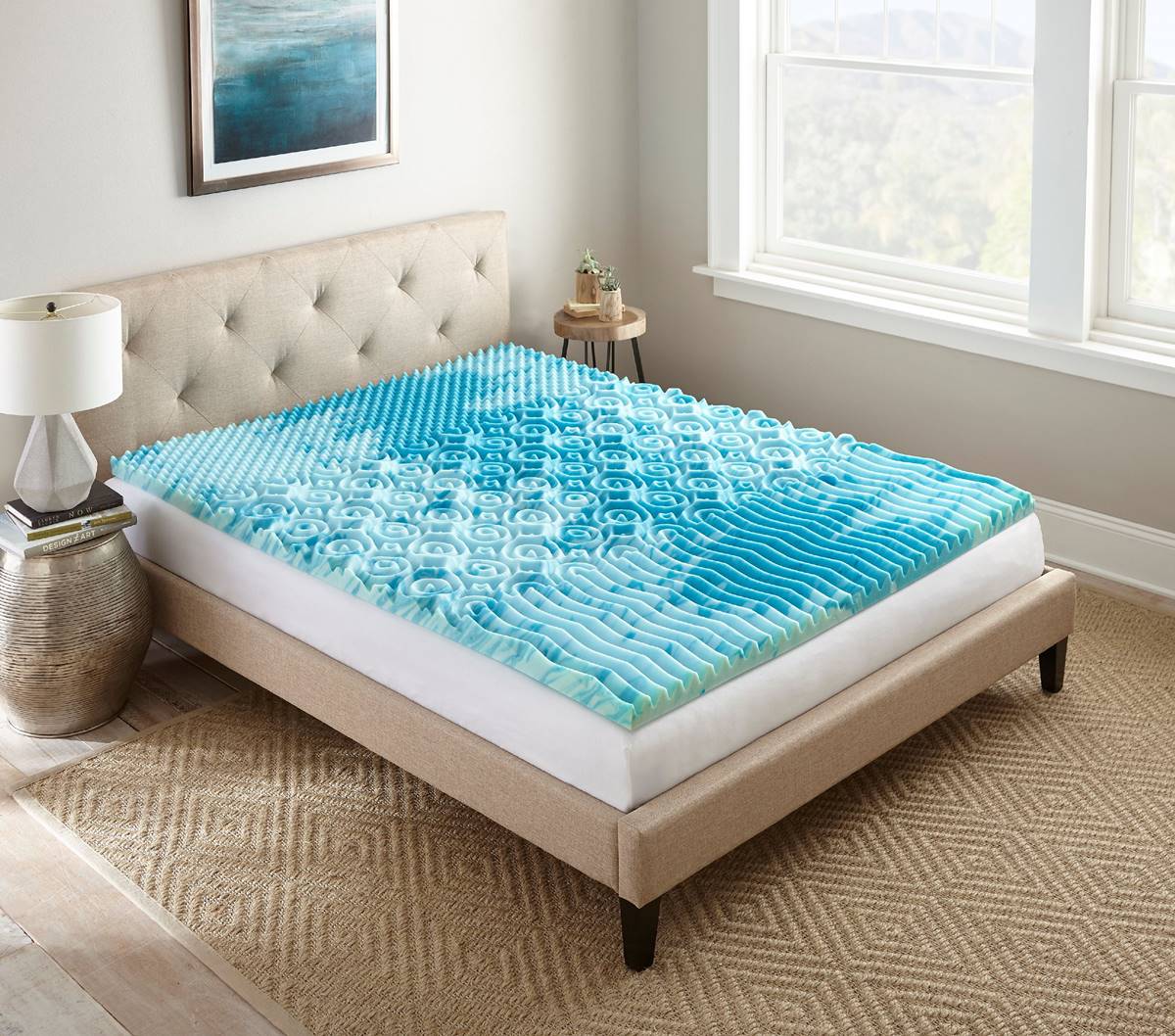
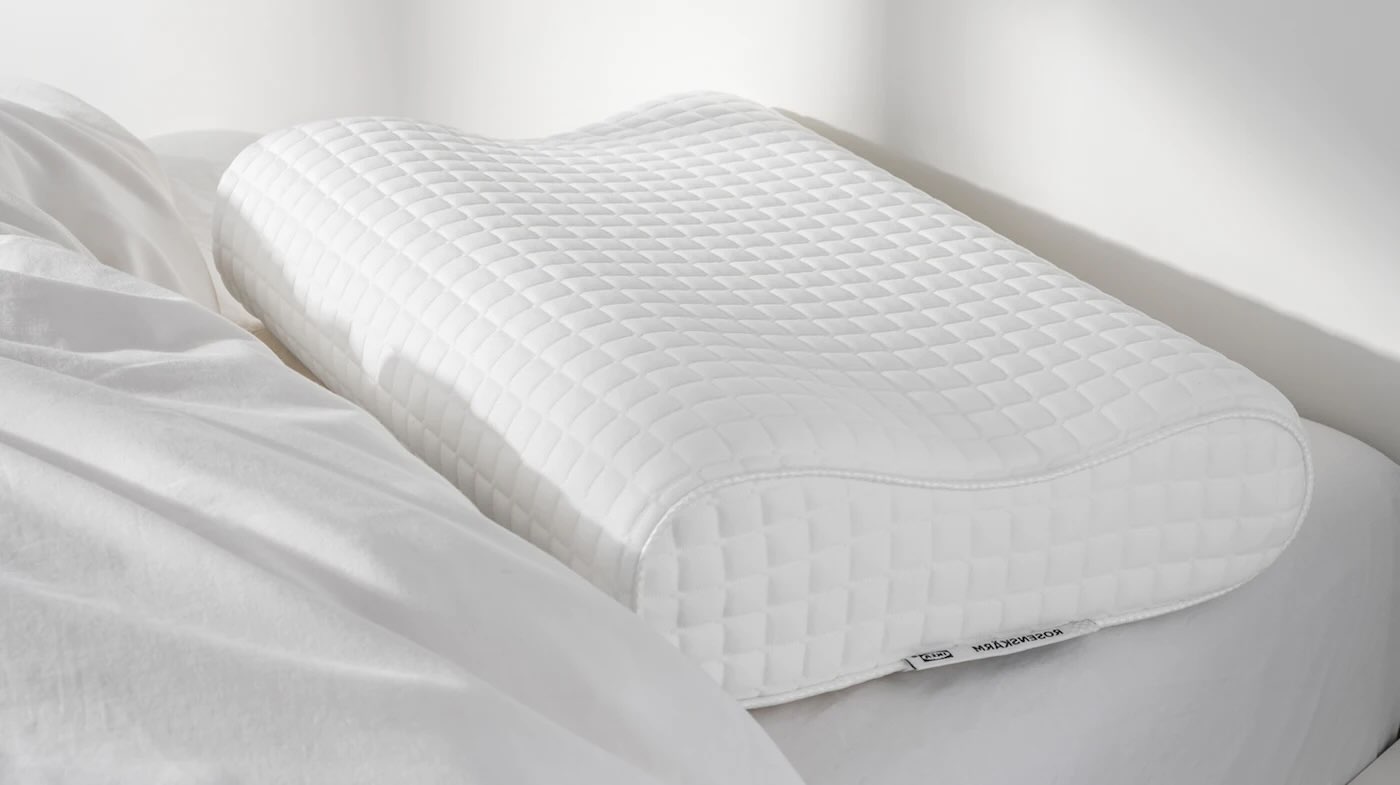
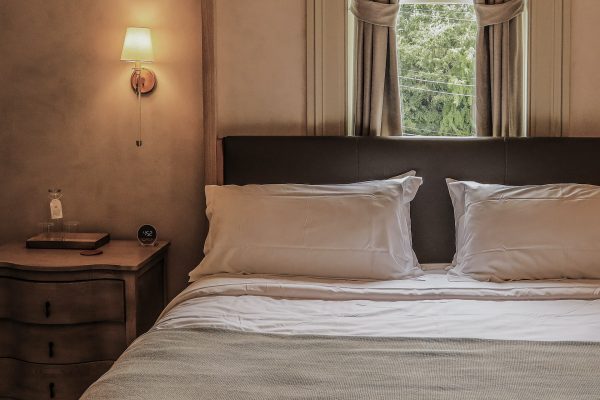
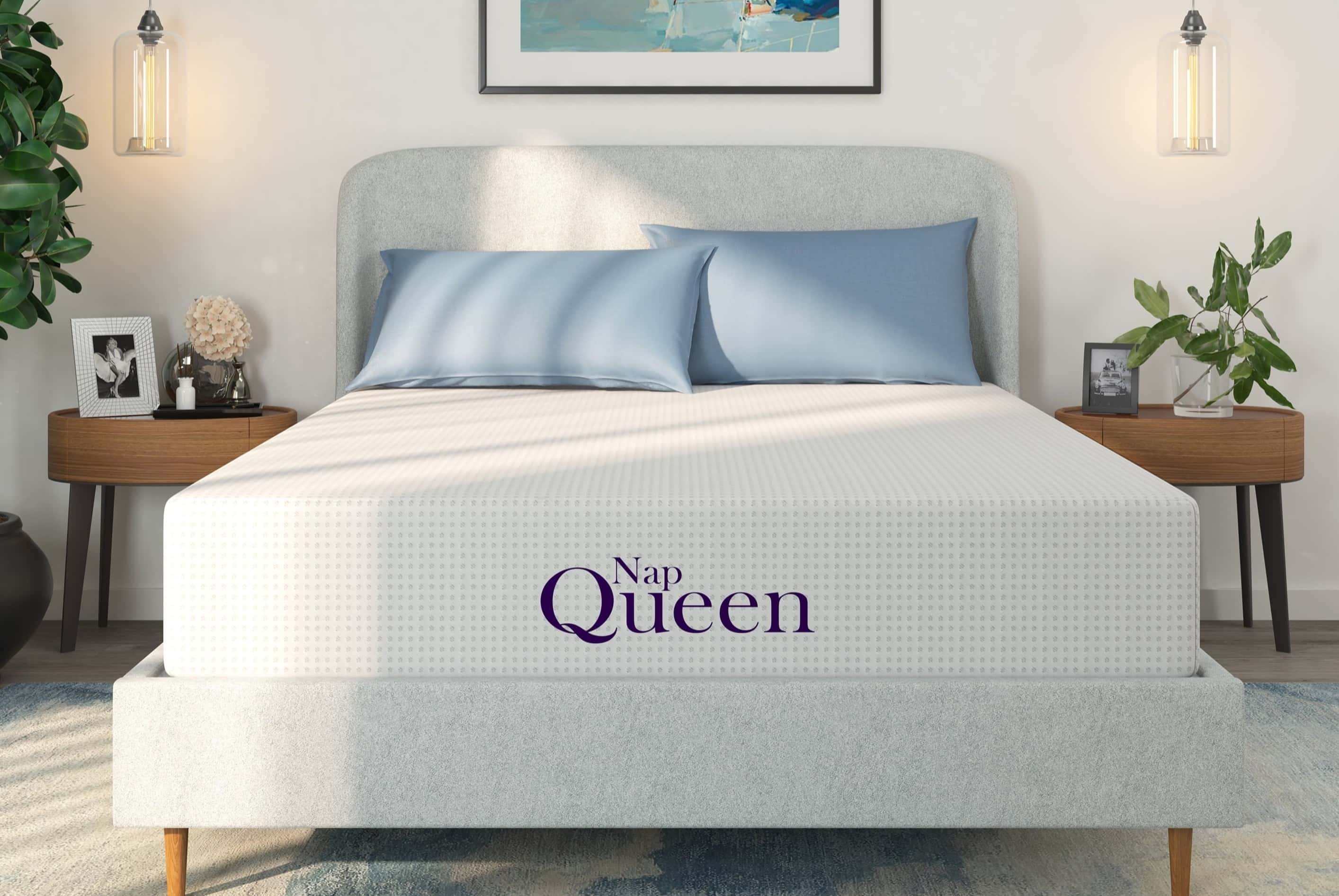
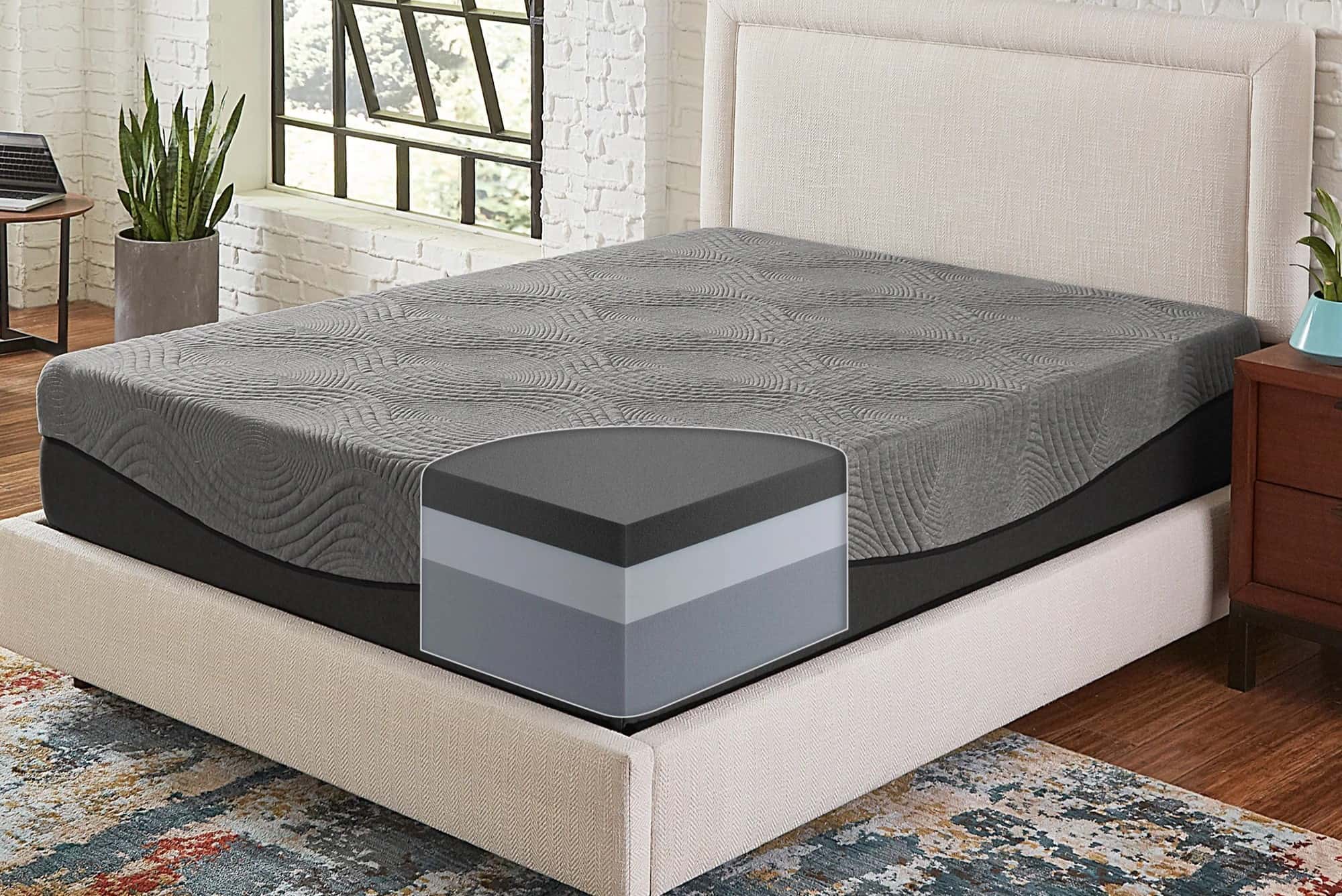
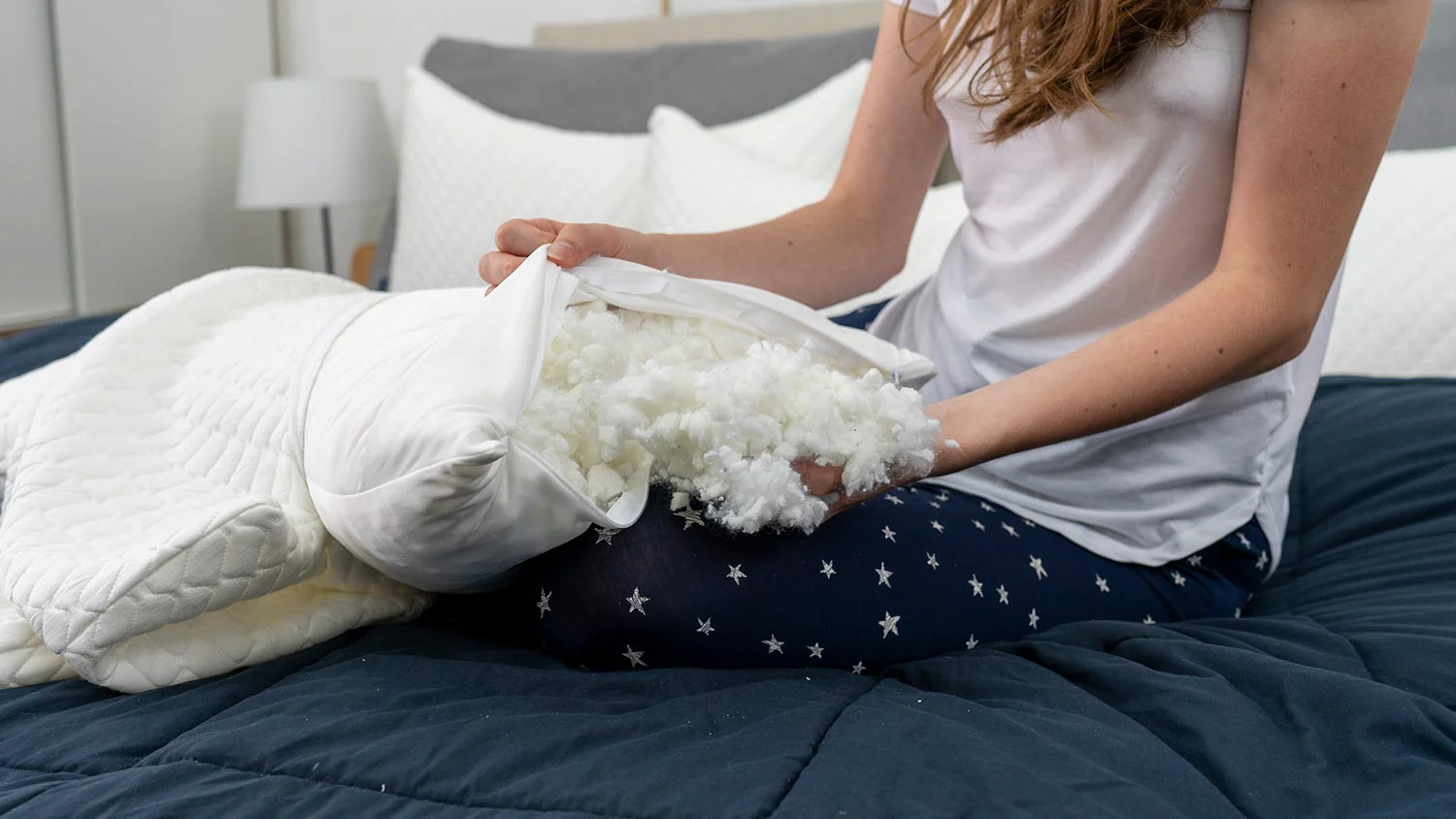
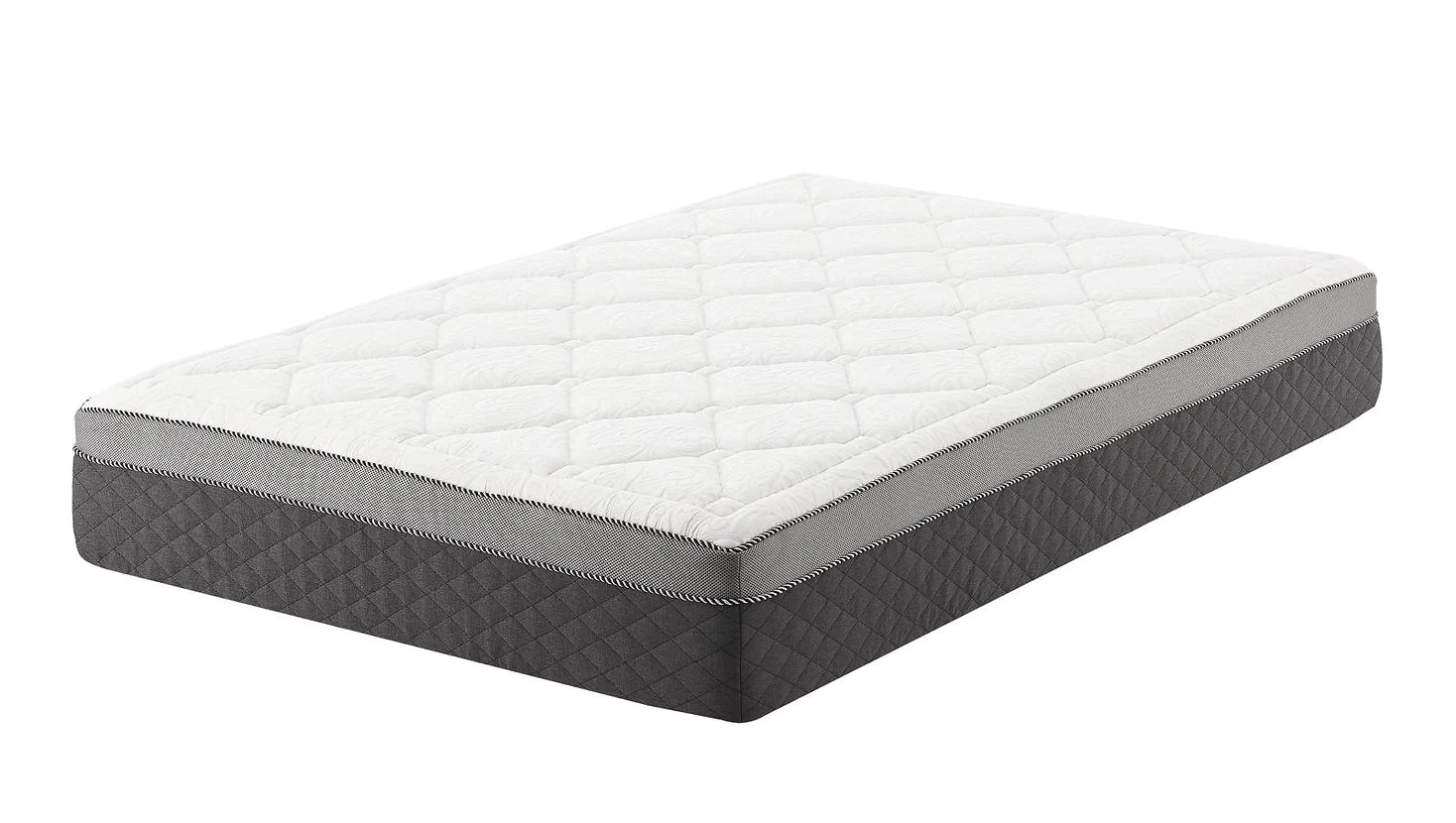

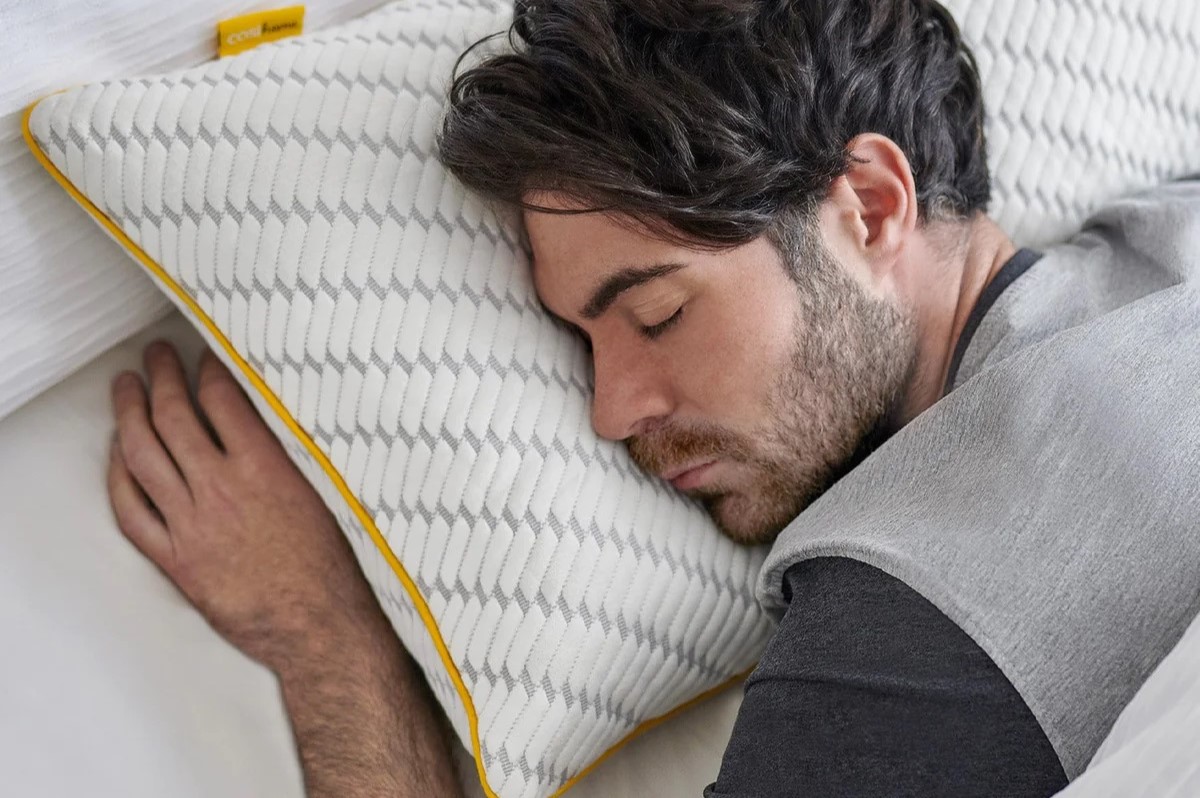
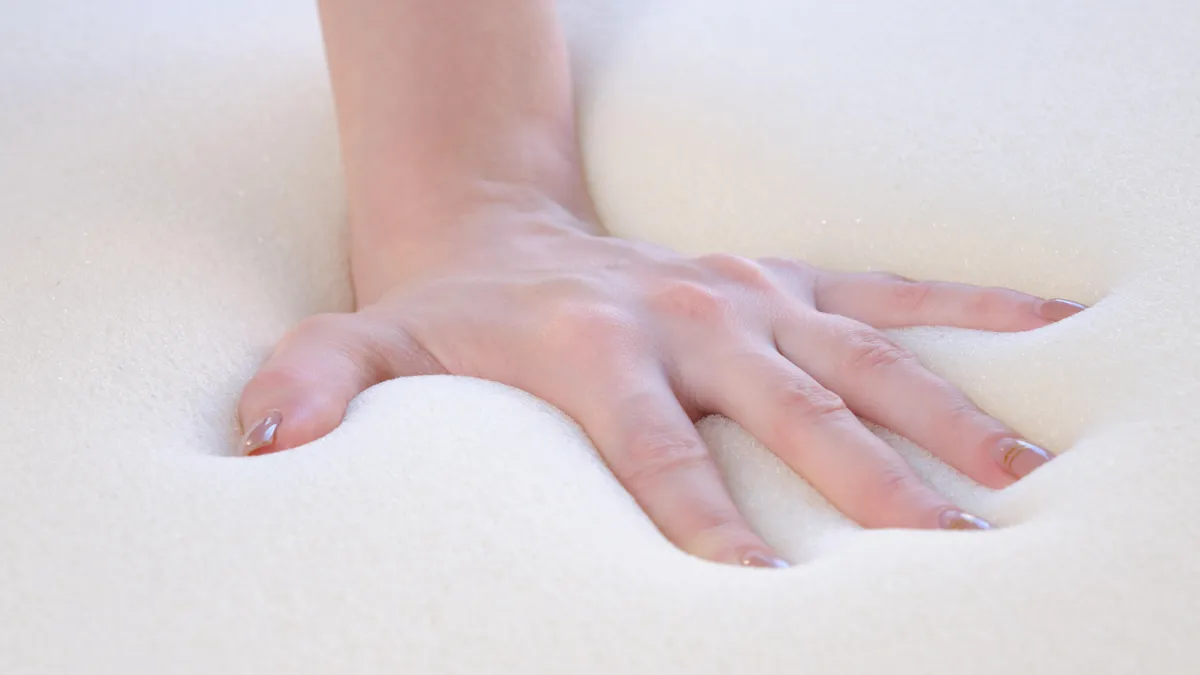
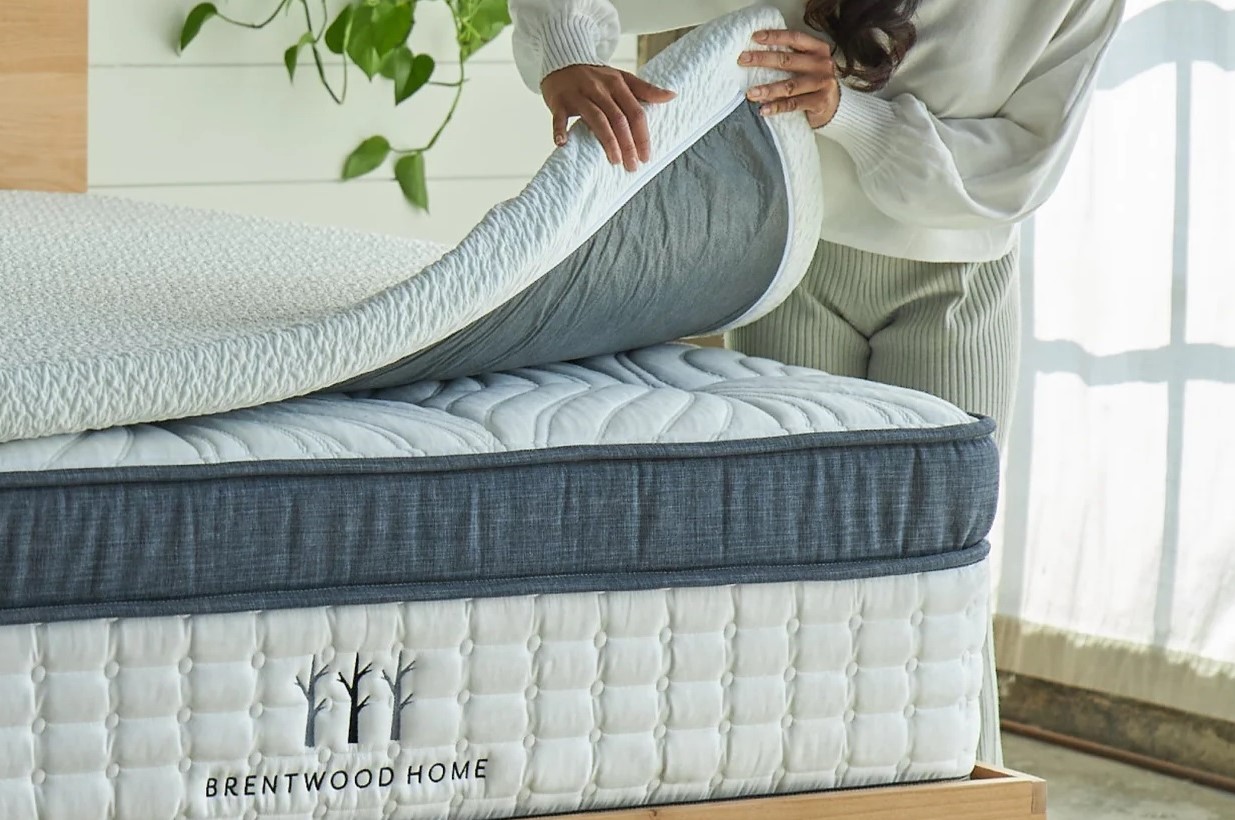

0 thoughts on “What Is Gel Memory Foam”